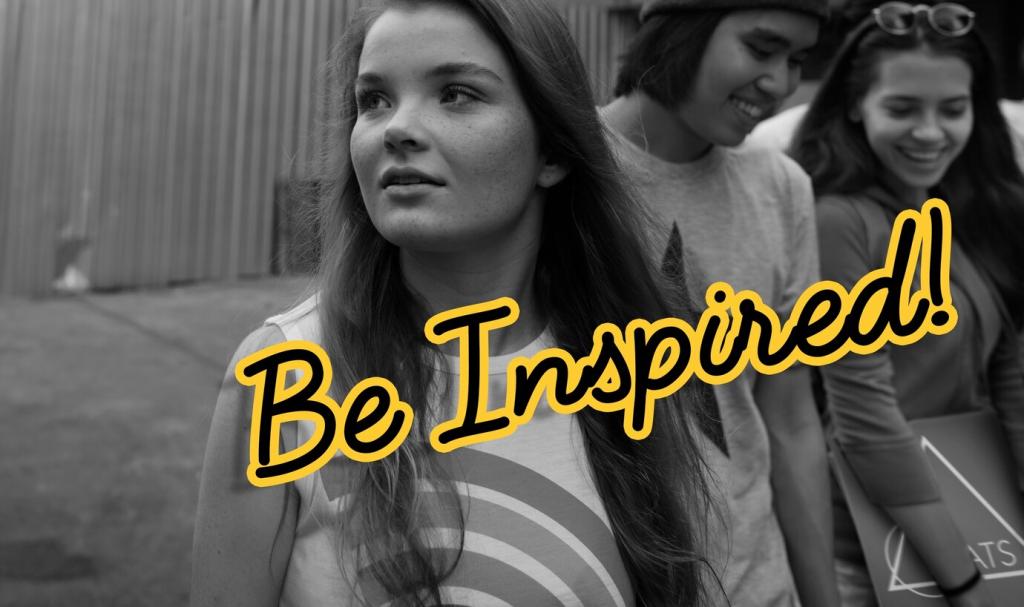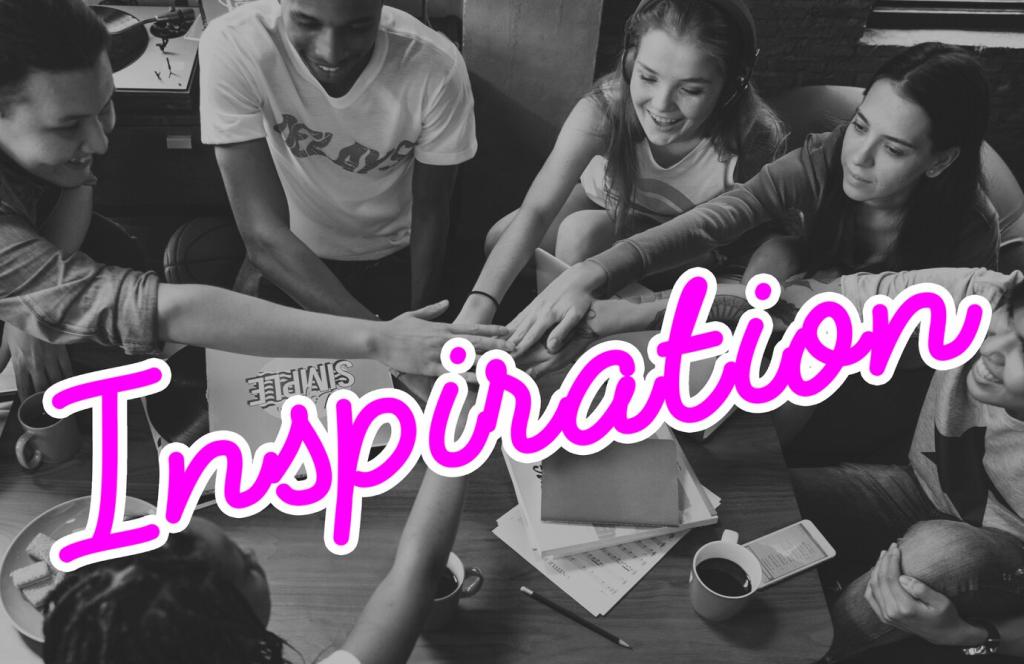
Art That Breathes: Environmental Issues in Modern Artwork
Chosen theme: Environmental Issues in Modern Artwork. Explore how contemporary artists confront climate change, biodiversity loss, and pollution through materials, storytelling, and community-led works that invite action as much as admiration. Join the conversation, subscribe for new posts, and help shape a creative response to our planet’s most urgent challenges.
From Awareness to Action: The Eco-Art Shift
The humble bottle cap, fishing net, or pallet board becomes a charged symbol when artists elevate waste into sculpture and collage. A shorefront mosaic built from beach trash can sparkle like a stained-glass window while revealing a tide line of neglect. Tell us about the most surprising reclaimed material you have seen transformed into beauty and purpose.
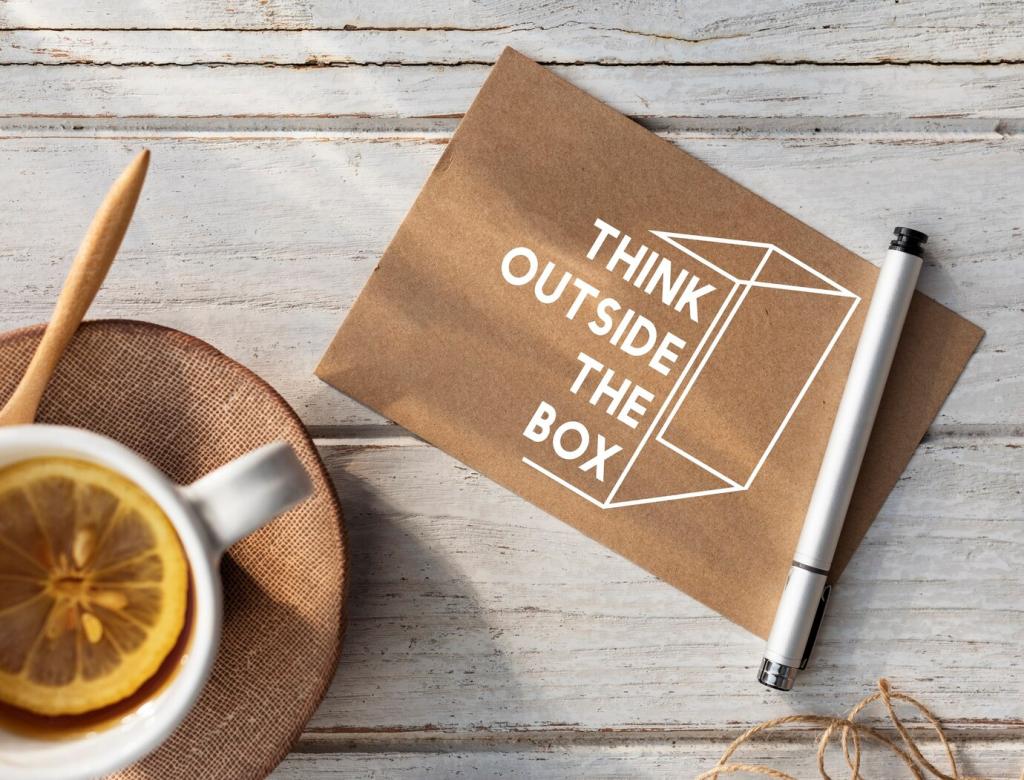
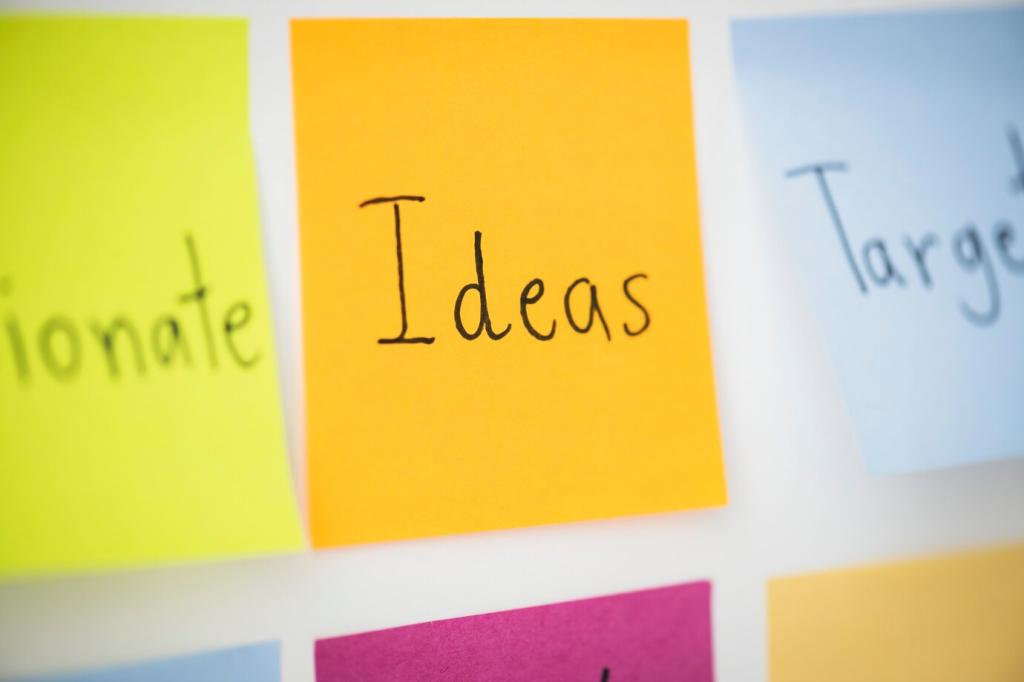
Touching Ice, Feeling Time
When visitors touched blocks of ancient ice installed in city squares, they felt the melt rate in their palms and the strange squeak of compressed air escaping. Climate data became sensation, urgency, and awe. If you experienced an installation that turned numbers into feelings, describe it below so others can discover it too.

A Wheatfield in the Financial District
An artist once planted a wheatfield on a landfill beside skyscrapers, braiding agriculture and finance into one startling picture. The harvest became a lesson: land has memory, value, and limits. The work asked busy passersby to reconsider profit, soil, and time. Would a field in your city’s center change daily routines, or simply spark debate?
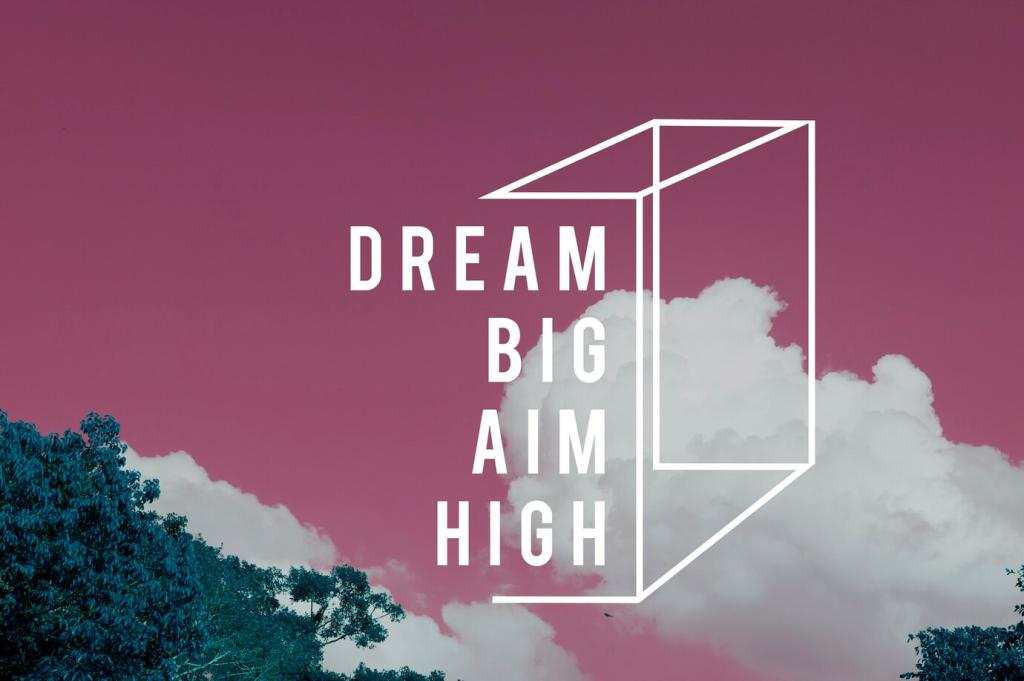
A Digital Memorial for What Is Missing
A living, online memorial catalogs species and habitats in decline, inviting visitors to submit stories and restoration efforts. It turns mourning into a map of possibility, linking memory with action toolkits. Add your favorite eco-artwork or project in the comments, and tell us how it encouraged you to protect a place you love.
The Ethics of Making: Materials, Methods, Footprints
Safer Pigments and Solvents
Water-based binders, low-VOC mediums, and plant-derived dyes reduce harm without dulling color. Oil painters can swap toxic solvents for walnut or linseed options, and printmakers can embrace water-washable inks. If you have discovered a studio swap that feels better for your lungs and the planet, share your setup and tips for others.
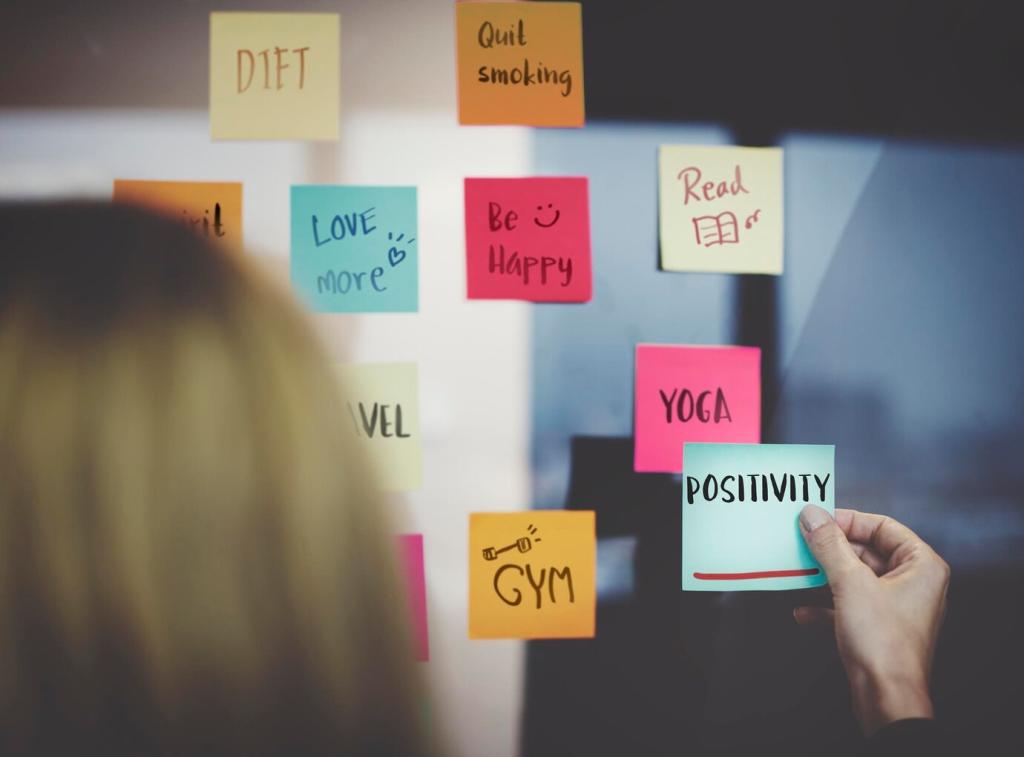
Measuring Impact Without Killing Wonder
A visitor leaves a show vowing to eat more seasonal vegetables, skip short car trips, and write their council about green spaces. Weeks later, they post an update and recruit friends. That arc—from awe to action—matters. Have you changed a habit after experiencing eco-art? Tell us what stuck and why it mattered.
Measuring Impact Without Killing Wonder
Imagine exhibits with QR codes for local volunteering, repair cafes in the lobby, and pledge walls that follow up with reminders. One museum partnered with a river group, turning weekend visitors into regular shoreline stewards. Does your local institution host environmental programs? Share examples and help others replicate successful ideas.
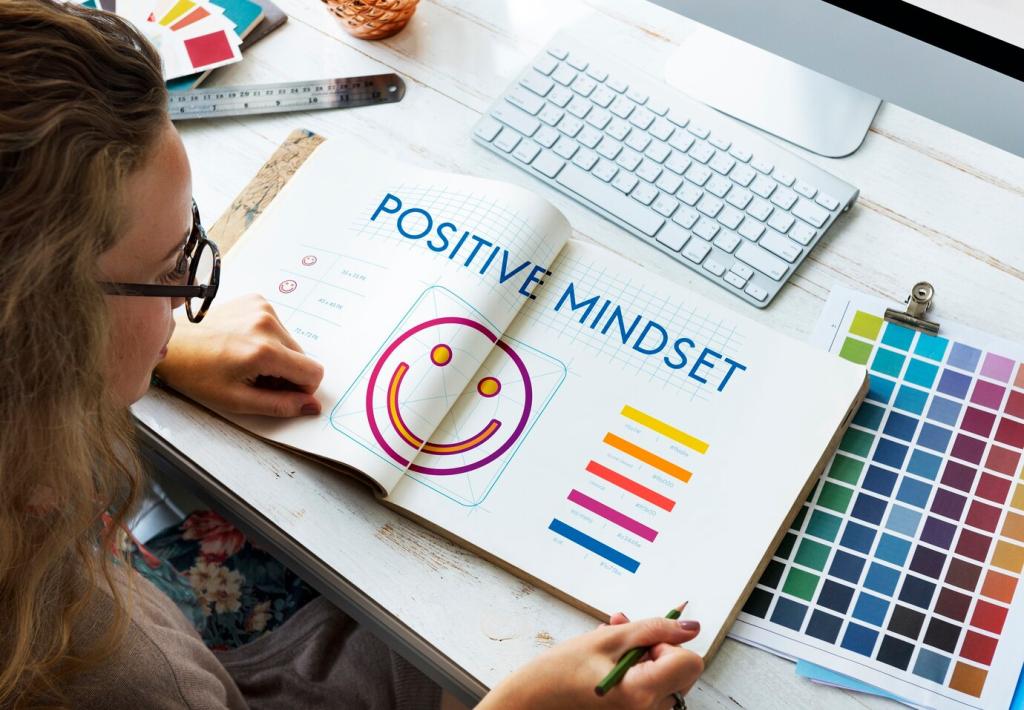
Indigenous and Local Knowledge, Center Stage
Listening Before Sketching
Begin with conversations, consent, and co-authorship. Ask who benefits, who maintains, and how stories are carried forward. A sculptor I know paused a project for months to align with local protocols, and the final piece gained both beauty and trust. How do you build relationships into your process? Share your approach.
Murals as Water Protectors
Students painted a riverside mural mapping springs, fish runs, and flood memories, then organized cleanup days under the painted herons. Art anchored recurring action. If your town has a mural or community artwork tied to environmental care, drop a link and invite volunteers or donors to keep the momentum alive.
Credit, Payment, Continuity
Respect shows up in budgets, timelines, and maintenance plans. Include honoraria for elders, training for local caretakers, and clear attribution on every label. Sustained stewardship beats a photo-op. How do you ensure projects last beyond the opening? Comment with strategies we can highlight in a future subscriber roundup.
The Digital Turn: Greener Pixels, Stronger Messages
Blockchains differ widely: energy-intensive proof-of-work contrasts with efficient proof-of-stake networks. Artists can choose lower-impact platforms, cap edition sizes, and bundle carbon reductions after first reducing. If you have guidance on greener minting or marketplaces, share links for readers exploring digital environmental art responsibly.
The Digital Turn: Greener Pixels, Stronger Messages
High-quality virtual exhibitions reduce air travel, and hybrid programs let schools participate without buses. Pair digital openings with local pickups for catalogs or artist-made seeds to keep tactile joy alive. Have you attended a virtual show that still felt intimate and urgent? Recommend it and tell us what made it work.
Start Here: Building Your Eco-Art Practice
Switch to LED lights, capture graywater for brush cleaning, and source frames from thrift shops. Try bamboo or recycled papers and durable tools you can repair. Post a photo of your studio corner, tag our handle, and inspire another artist to take their first practical step today.
